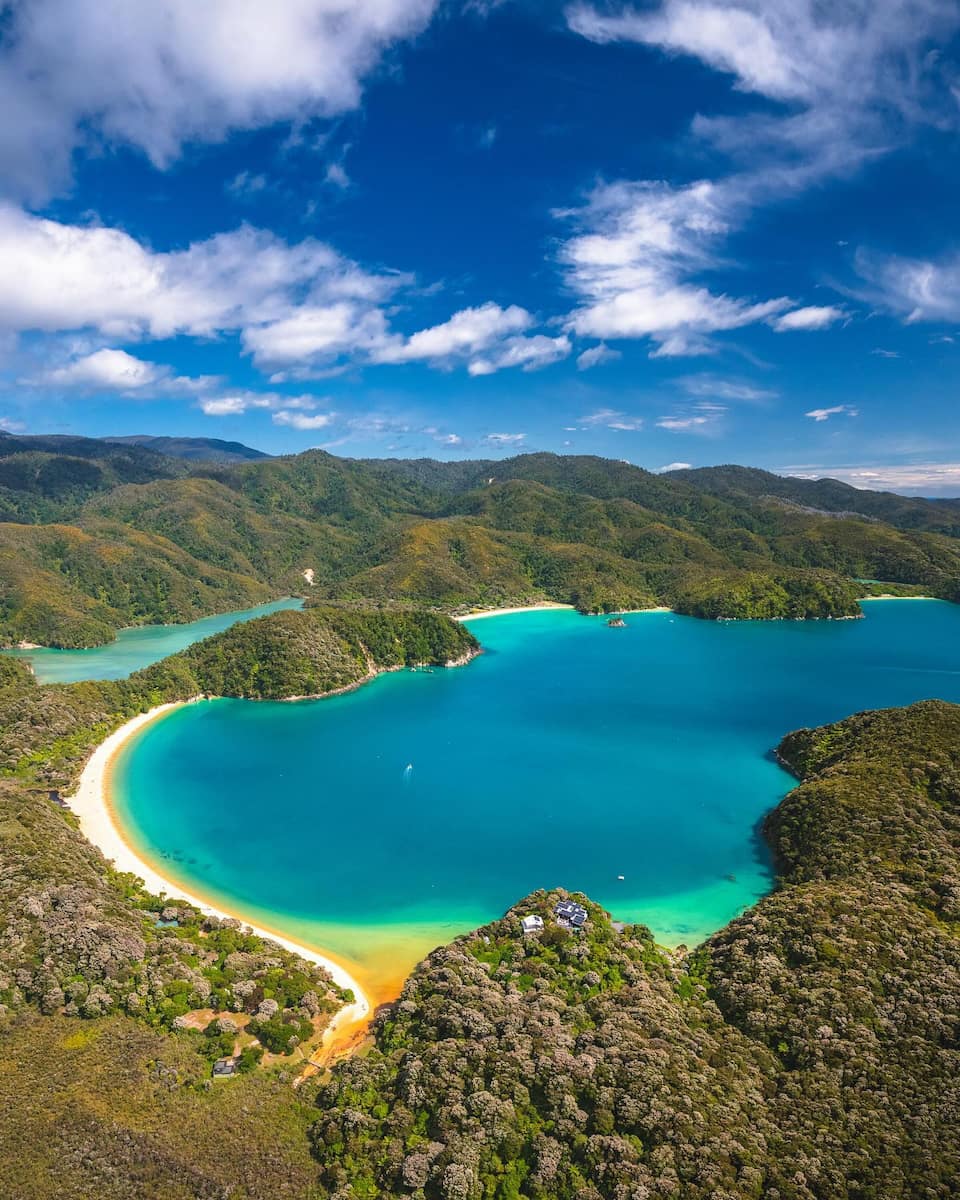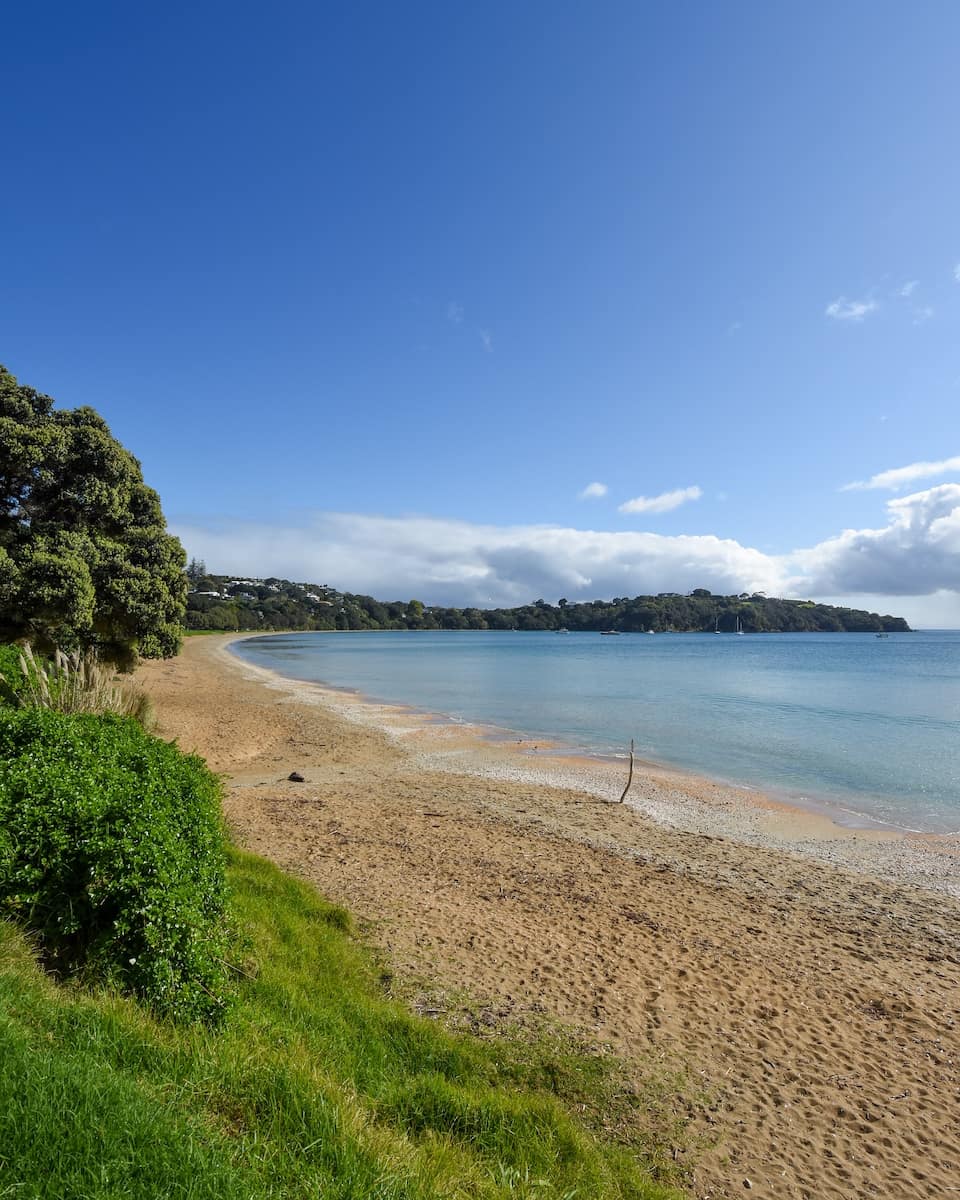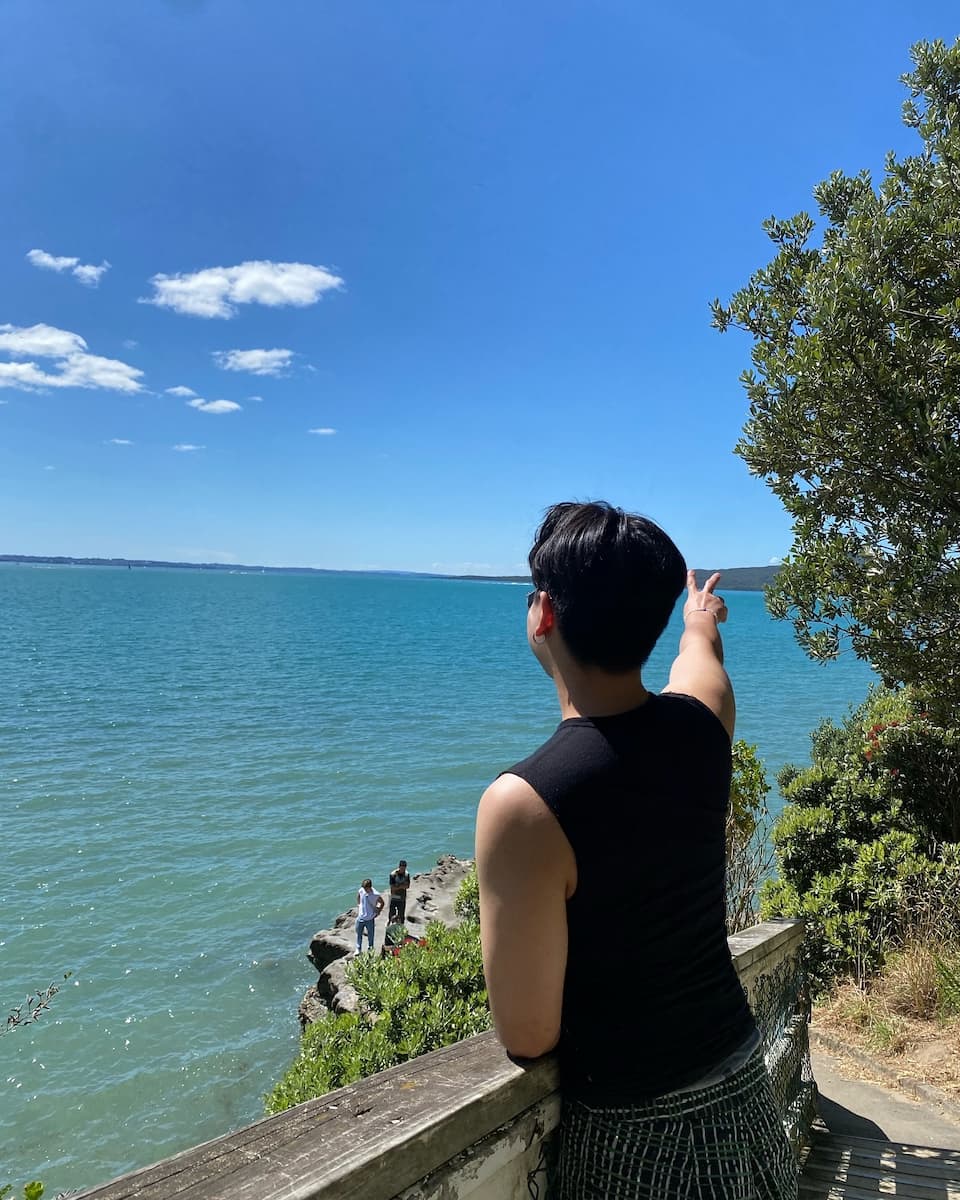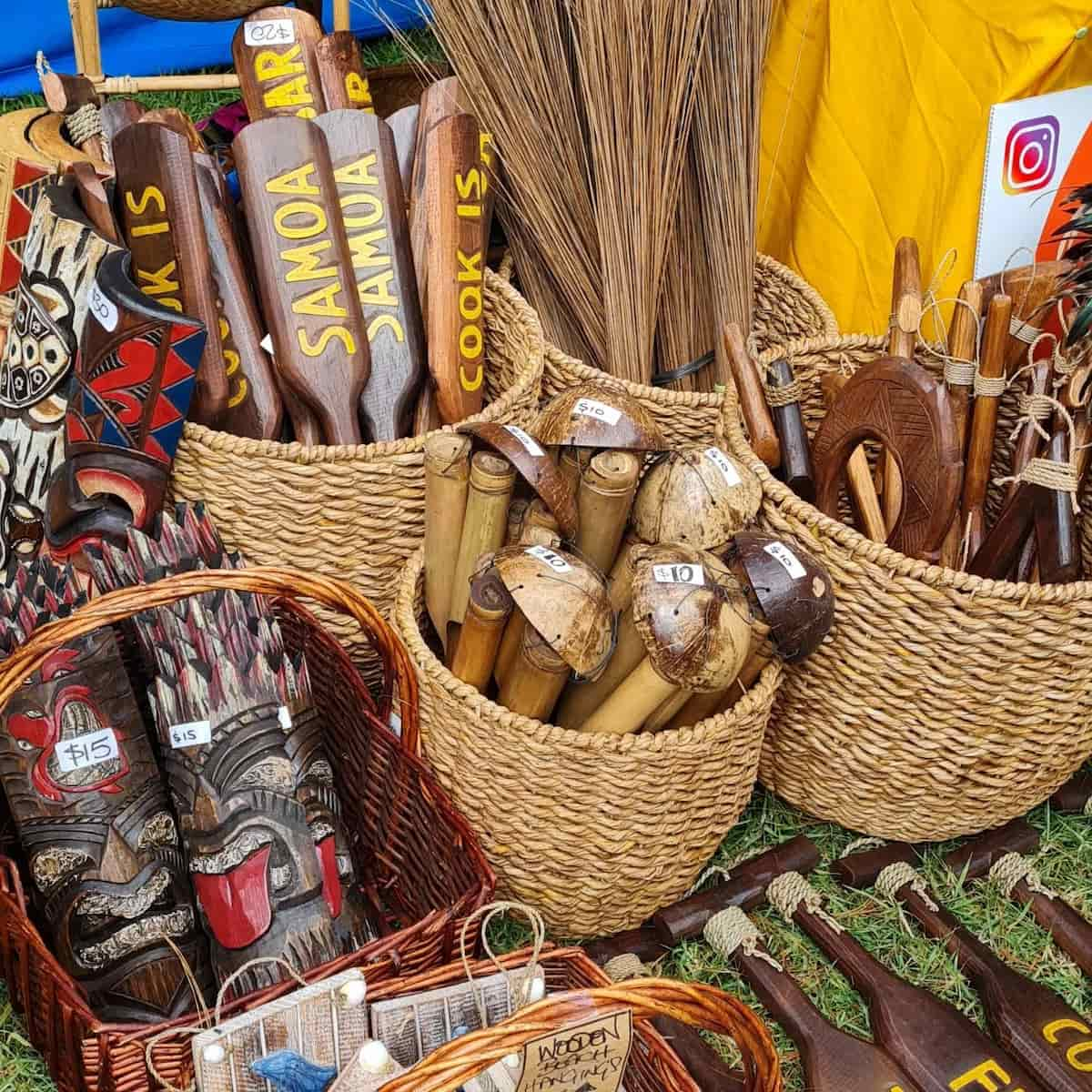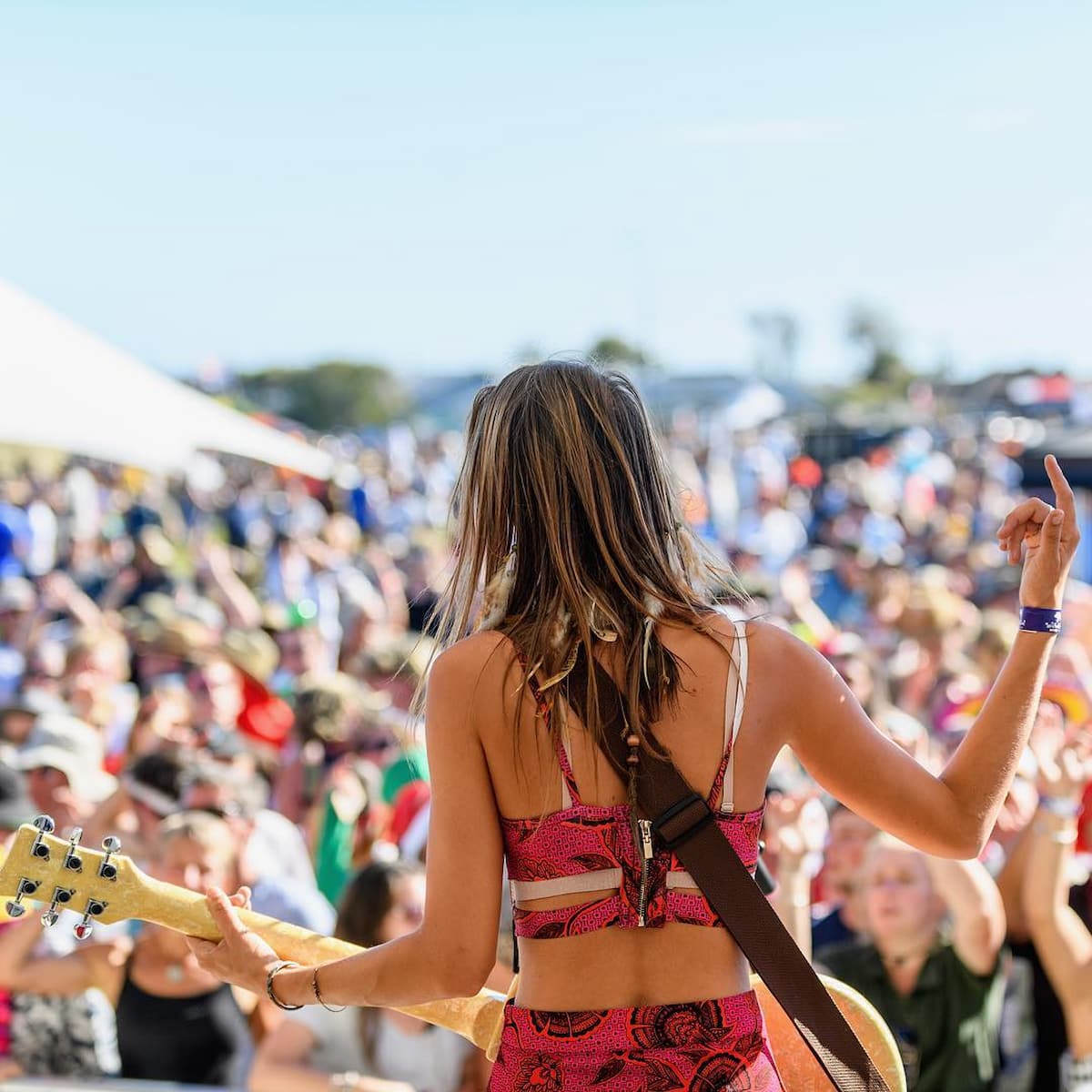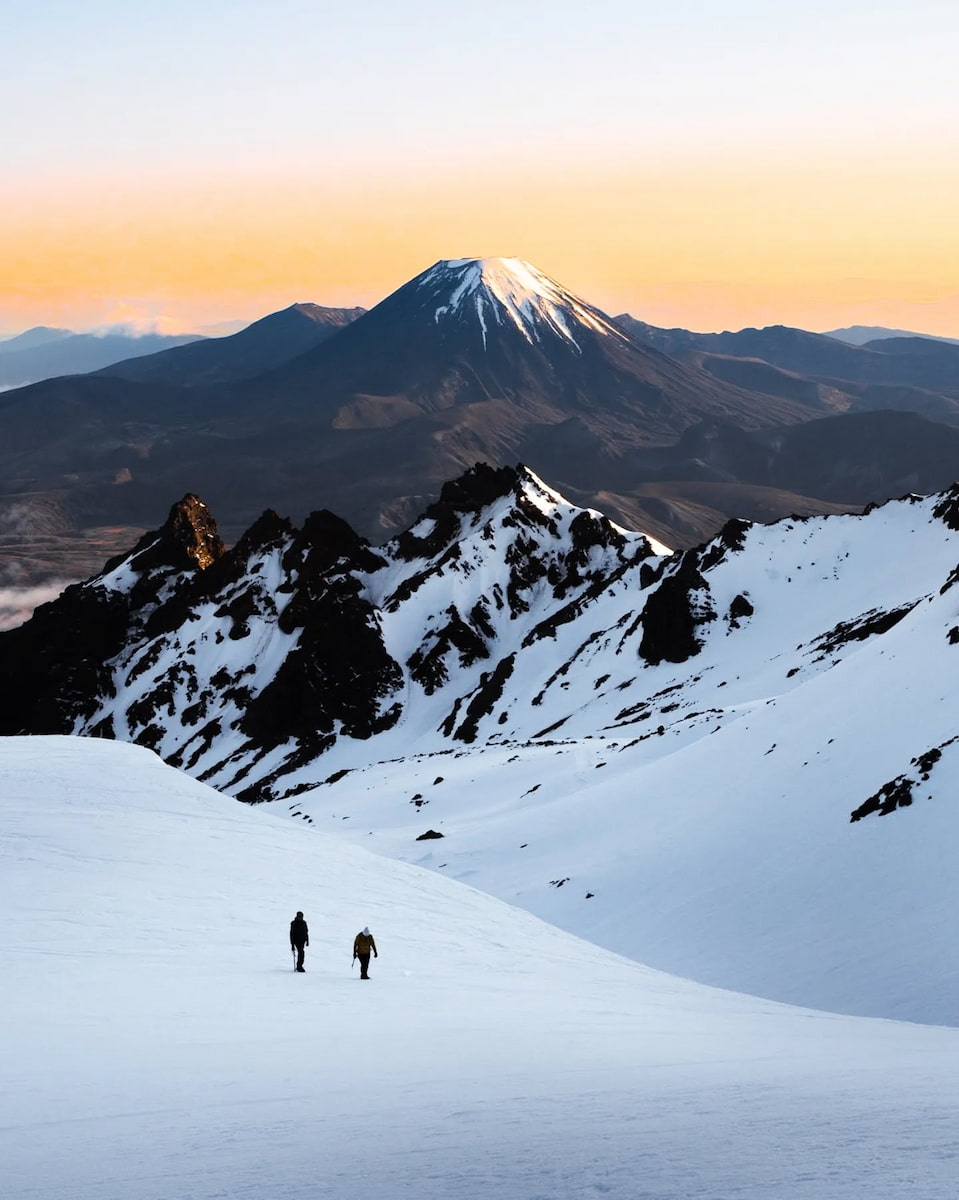Exploring New Zealand is a dream for many travelers, but choosing the best time to visit can be as varied as the country’s stunning landscapes. From the North Island’s subtropical beaches to the South Island’s snow-capped peaks, New Zealand’s weather and activities change dramatically throughout the year. Whether you’re hoping to see the country bathed in autumn colors, experience the thrill of winter snow sports, or embark on hiking tours under the summer sun, there’s a perfect season for every adventure.
🏡 Where to Stay in New Zealand
- 💎 Luxury Hotel: Park Hyatt Auckland
- ✨ 5-Star: The Mayfair, Christchurch
- 🏨 4-Star: Doubletree By Hilton Karaka, Auckland
- 🛏️ 3-Star: Poshtel
- 💸 Cheap: United Auckland
- 🏢 Apartment: Roomie Apartment Hotel, Auckland
- 👨👩👧👦 For Families: Hidden Lake Hotel & Apartments, Cambridge
- 🏩 For Couples: M Social Auckland
No matter when you want to visit, there’s always something special happening. Summer is ideal for beach activities and festivals, while winter brings snow to the Mackenzie Country and excellent skiing conditions. Autumn is a quieter time, perfect for those seeking to get away from the crowds. Spring offers a mix of activities, from whale watching to the Warbirds Over Wanaka International Airshow. With New Zealand’s landscape staying lush and green all year round, it’s always a beautiful time to explore this diverse country.
👩🏫 Best Guided Tour
- Hobbiton Movie Set and Waitomo Glowworm Caves Day Trip from Auckland: Explore the Hobbiton Movie Set and Waitomo Glowworm Caves on this full-day tour from Auckland. Visit the iconic Lord of the Rings film location and marvel at the luminous glowworms in ancient limestone caves.
https://www.viator.com/en-HK/tours/Auckland/Hobbiton-Movie-Set-and-Waitomo-Glowworm-Caves-Day-Trip-from-Auckland/d391-37991P3 - Milford Sound Coach Tour with Lunch from Queenstown: Experience the natural beauty of Milford Sound on a full-day coach tour from Queenstown. Cruise through the fjord, see stunning waterfalls, and enjoy a picnic lunch surrounded by breathtaking scenery.
https://www.viator.com/tours/Queenstown/Milford-Sound-Coach-and-Nature-Cruise-with-Buffet-Lunch/d407-3960P11 - TranzAlpine Train Journey from Christchurch to Greymouth: Embark on one of the world’s great train journeys on the TranzAlpine. Travel through the stunning Southern Alps, witnessing spectacular mountain scenery, river valleys, and native beech forest.
https://www.viator.com/tours/Christchurch/TranzAlpine-Christchurch-to-Greymouth-by-Train/d400-59907P3 - Rotorua Maori Hangi Dinner and Performance: Immerse yourself in Maori culture with a traditional hangi dinner and powerful cultural performance. Learn about Maori history, watch a haka, and enjoy a feast cooked in an earth oven.
https://www.viator.com/tours/Rotorua/Rotorua-Maori-Hangi-Dinner-and-Performance/d395-2295HANGI - Whale Watching in Kaikoura by Boat: Set out on a whale-watching adventure in Kaikoura. Spot giant sperm whales, humpback whales, and pods of playful dolphins in their natural habitat while learning about marine life from expert guides.
https://www.viator.com/tours/Kaikoura/Whale-Watching-in-Kaikoura-by-boat/d34937-66962P1
1. Best Seasons to Visit New Zealand
Spring (September to November)
🌸 Spring awakening: Spring in New Zealand is a feast for the senses. I love the crisp air and the sight of newborn lambs frolicking in lush green fields. It’s an ideal time for outdoor enthusiasts like me.
Here’s why I recommend spring:
- Mild temperatures (16-19°C) perfect for hiking and biking
- Blooming landscapes with vibrant wildflowers
- Fewer tourists, meaning more elbow room at popular spots
- Great deals on accommodations before peak season hits
Top Tip: Don’t miss the Bluff Oyster and Food Festival in May. It’s a seafood lover’s paradise!
Summer (December to February)
☀️ Summer vibes: Kiwi summer is when the country truly comes alive. As a beach bum at heart, this is my favorite time to visit. The long, sunny days are perfect for exploring the stunning coastlines and diving into crystal-clear waters.
Summer highlights:
- Warm temperatures (20-25°C)
- Ideal for beach activities and water sports
- Vibrant festivals and outdoor concerts
- Longer daylight hours for extended sightseeing
Insider Tip: Book your accommodations well in advance, especially for popular spots like Queenstown or the Bay of Islands. Trust me, you don’t want to miss out!
Autumn (March to May)
🍁 Autumn colors: In my opinion, autumn is New Zealand’s best-kept secret. The changing colors of the landscape create a photographer’s dream, and the settled weather is perfect for outdoor adventures.
What I love about autumn:
- Comfortable temperatures (17-21°C)
- Spectacular foliage, especially in Central Otago
- Harvest season, with amazing food and wine festivals
- Fewer tourists, meaning more authentic local experiences
Money Saver: Look for shoulder season deals on accommodations and activities. You’ll get great value without compromising on the experience.
Winter (June to August)
❄️ Winter wonderland: Winter in New Zealand is a tale of two islands. The North Island stays relatively mild, while the South Island transforms into a winter wonderland. As an avid skier, I can’t resist the allure of the Southern Alps.
Winter wonders:
- Excellent skiing and snowboarding in Queenstown and Wanaka
- Chance to see the Southern Lights in the South Island
- Cozy evenings by the fire with world-class Kiwi wines
- Unique winter festivals like the Queenstown Winter Festival
Time Saver: If you’re not into winter sports, stick to the North Island. You’ll avoid potential weather-related travel disruptions and still enjoy plenty of attractions.
🌈 Year-round magic: Remember, New Zealand’s weather can be unpredictable, so always pack layers. Whether you’re chasing sun, snow, or something in between, this diverse country has got you covered. In my travels, I’ve found that every season in New Zealand offers its own magic – it’s just a matter of choosing the one that suits your travel style best.
2. Regions
North Island
🏙️ North Island charm: The North Island is where I go for a perfect blend of urban excitement and natural wonders. Auckland, our largest city, offers a vibrant food scene and stunning harbor views. But don’t stop there!
Must-visit spots:
- Rotorua for its geothermal marvels and Maori culture
- Bay of Islands for pristine beaches and maritime adventures
- Wellington, our cool little capital, for its coffee culture and Te Papa museum
Insider Tip: Take the ferry from Wellington to Picton – it’s one of the most scenic journeys you’ll ever experience!
South Island
🏔️ South Island splendor: If you’re after jaw-dropping landscapes, the South Island is your playground. I never tire of its diverse beauty, from glaciers to golden beaches.
South Island highlights:
- Queenstown for adrenaline-pumping activities and stunning lake views
- Milford Sound for fjord cruises and breathtaking scenery
- Abel Tasman National Park for coastal hikes and kayaking
Money Saver: Consider renting a campervan to explore the South Island. It’s a great way to save on accommodation and have the freedom to discover hidden gems.
Islands
🏝️ Island escapes: The diverse array of islands contributes significantly to New Zealand’s natural beauty, biodiversity, and tourism appeal. Many offer unique experiences from wine tasting to wildlife viewing to hiking in pristine environments.
Island adventures:
- Waiheke Island for world-class wineries and beautiful beaches.
- Stewart Island for rare wildlife spotting and stargazing.
- Great Barrier Island for off-grid living and dark sky sanctuary.
Main Islands:
- North Island (Te Ika-a-Māui): The most populous island, home to Auckland and Wellington.
- South Island (Te Waipounamu): The largest island by area, known for its dramatic landscapes.
- Stewart Island (Rakiura): The third largest island, mostly national park.
Other Notable Islands:
- Great Barrier Island (Aotea): Located in the Hauraki Gulf, known for its natural beauty and dark sky sanctuary status.
- Waiheke Island: Popular island near Auckland, known for wineries and beaches.
- Rangitoto Island: Volcanic island near Auckland, popular for day trips and hiking.
- Chatham Islands: Remote island group 800km east of the South Island.
- Subantarctic Islands: Including Auckland Islands, Campbell Island, Antipodes Islands.
3. Best Times for Specific Experiences
Avoiding Crowds
🕵️ Local intel: To avoid crowds in New Zealand, your best bet is to tap into local knowledge. Chat with Kiwis – campground workers, small business owners, and local holidaymakers – for insider tips on hidden gems. They often know about secret hiking trails, secluded beaches, and off-the-beaten-path attractions that you won’t find in guidebooks.
🗓️ Timing is key: Consider visiting during the shoulder seasons of September-October or March-May. You’ll enjoy pleasant weather with far fewer tourists than in peak summer. If you’re not into winter sports, June-August (winter in New Zealand) can be a great time to explore, as crowds are minimal outside of ski resorts. When visiting popular spots, try going early in the morning or later in the evening to dodge the busiest times.
🏕️ Embrace the outdoors: New Zealand’s vast wilderness areas are perfect for escaping crowds. Focus on outdoor activities like hiking, kayaking, and camping to immerse yourself in nature. Consider basing yourself in smaller towns rather than major tourist hubs, and explore less-visited regions like the East Cape in the North Island or The Catlins in the South Island.
Ideal Weather
🌤️ Pleasant temps: The current temperature of 14°C (57°F) is quite mild, typical of early autumn or late spring in New Zealand. This is generally considered comfortable weather for outdoor activities.
💨 Breezy conditions: With wind speeds at 22 mph from the northwest, it’s a bit breezy. This could be great for activities like sailing or windsurfing, but might be chilly for beach-goers.
☁️ Partly cloudy: The “partly cloudy” conditions with 25% cloud cover offer a nice balance of sun and shade. This is often ideal for sightseeing and photography.
🌦️ Rain on the horizon: The forecast shows “patchy rain nearby” for the current day and several days ahead. While not ideal for all outdoor activities, light rain is common in New Zealand and contributes to its lush, green landscapes.
🌈 Varied weather: The changing forecast over the next few days, from moderate rain to patchy rain, showcases New Zealand’s dynamic weather patterns. This variability is part of the country’s charm but requires visitors to be prepared.
👀 Good visibility: With 6 miles of visibility, you can expect good views of New Zealand’s stunning scenery on clear days.
☀️ UV awareness: A UV index of 4 indicates moderate sun intensity. While not extreme, it’s still important to use sun protection when outdoors.
Remember, weather in New Zealand can change quickly, so it’s always wise to be prepared for various conditions. The ideal weather for your visit will depend on your planned activities and personal preferences. Generally, late spring to early autumn (November to April) offers the most settled weather for exploring this beautiful country.
Cultural Events and Festivals
🌺 Pasifika Festival: One of New Zealand’s largest cultural festivals, celebrating Pacific Island cultures with food, music, dance and crafts. Held annually in Auckland in March.
🏮 Auckland Lantern Festival: Celebrates Chinese New Year with hundreds of lanterns, performances, and food stalls. Takes place in February in Auckland.
🎭 Te Matatini: The national kapa haka (Māori performing arts) competition held every two years, showcasing the best Māori cultural performances from across the country.
🍷 Marlborough Food & Wine Festival: New Zealand’s longest-running wine festival, held in February in the Marlborough wine region. Features local wines, food, and music.
🎨 World of WearableArt (WOW): An annual design competition and stage show in Wellington, blending fashion, art and theatre. Usually held in September/October.
❄️ Queenstown Winter Festival: Celebrates the start of the winter season with events like skiing competitions, fireworks, and live music. Held in June in Queenstown.
✨ Matariki: The Māori New Year celebration, marked by events across the country in June/July. Features traditional ceremonies, stargazing, and cultural performances.
🎵 WOMAD: World of Music, Arts and Dance festival held in New Plymouth in March, showcasing international music and cultural performances.
🎞️ New Zealand International Film Festival: Annual film festival screening a wide range of international and local films across multiple cities, usually held July-September.
🏄 Rhythm and Vines: Popular New Year’s Eve music festival held in Gisborne, known for being one of the first places in the world to welcome the new year.
Time Saver: Book tickets for popular events well in advance. They often sell out quickly, especially during peak tourist seasons.
4. Month-by-Month Guide
🌞 Summer sizzle: January and February are the heart of Kiwi summer. I love hitting the beaches, attending outdoor concerts, and indulging in fresh seafood during these months. The Laneway Festival in Auckland is a must for music lovers.
🍂 Autumn allure: March to May brings cooler temperatures and stunning foliage. It’s my favorite time for hiking and wine tasting. Don’t miss the Hokitika Wildfoods Festival in March for some truly unique culinary experiences.
❄️ Winter wonders: June to August is all about winter sports and cozy evenings. I always try to catch the Queenstown Winter Festival in June. It’s a great way to kick off the ski season.
🌼 Spring awakening: September to November sees the country bursting into bloom. I recommend visiting the Taranaki Garden Festival in October/November for a spectacular display of flora.
🎄 Festive cheer: December brings Christmas celebrations and the start of summer holidays. The atmosphere is festive, and there’s nothing quite like a Kiwi Christmas barbecue on the beach!
5. Combining New Zealand with Other Destinations
New Zealand and Australia
🦘 Aussie combo: Australia is the most common and popular destination to combine with New Zealand. The two countries are relatively close geographically and offer contrasting landscapes and experiences .
Why it works:
- Similar peak seasons make planning easier
- Diverse experiences from Aussie outback to Kiwi mountains
- Easy flight connections between major cities
Top Tip: Start in Australia and end in New Zealand. The laid-back Kiwi vibe is perfect for winding down after the Aussie adventures.
🧠 Planning tips: When combining Australia and New Zealand, consider:
- How much time you have.
- How many flights you’re willing to take.
- What specific regions/experiences you want in each country.
- The different ecosystems and wildlife opportunities.
🌞 Perfect timing: The best time to visit both Australia and New Zealand is generally between November and April (spring, summer, and early fall in the Southern Hemisphere) .
⏳ Time needed: A minimum of 3 weeks is recommended to visit both countries, with 5 weeks being ideal to see major highlights without feeling rushed .
New Zealand and Pacific Islands
🏝️ Pacific Island hopping: For a tropical twist to your Kiwi adventure, I suggest adding a Pacific Island stopover. Fiji, Cook Islands, or Samoa are all great options.
🏝️ Island options: Other Pacific Island nations that are easy to visit from New Zealand include:
- Fiji (3 hour flight)
- Samoa
- Tonga
- Cook Islands
- Vanuatu
- New Caledonia
- Hawaii is another option, though further away (8.5 hour flight) .
🌟 Popular pairings: Popular combinations include: Sydney, Uluru, and Great Barrier Reef in Australia + South Island road trip in New Zealand. Wildlife focused trip with Australia’s reefs and New Zealand’s whale watching in Kaikoura.
🧳 Package deals: Many tour companies offer combined Australia and New Zealand packages, typically ranging from 2-3 weeks .
🗺️ Smart planning: The key is to plan carefully to make the most of your time, as both countries have a lot to offer. Consider your interests and priorities when deciding how to split your time between destinations.
Best times to combine:
- April to October for drier weather in the islands
- Shoulder seasons (May or October) for better deals
Insider Tip: Consider a stopover in Fiji on your way to or from New Zealand. Many flights connect through Nadi, making it an easy addition to your itinerary.
❓FAQ
When is the cheapest time to visit New Zealand?
Generally, the cheapest time to visit is during the winter months of June to August, excluding ski resort areas.
What is the best month to visit New Zealand?
February is often considered the best month, offering warm weather and fewer crowds than December and January.
Is it worth visiting New Zealand in winter?
Yes, especially if you enjoy winter sports or want to see the Southern Lights. Just be prepared for colder temperatures and potential snow in some areas.
Do I need to book in advance for summer travel?
Yes, it’s highly recommended to book accommodations and activities well in advance for travel during the peak summer season (December to February).






